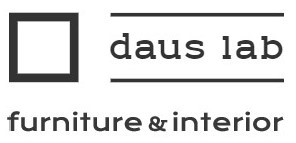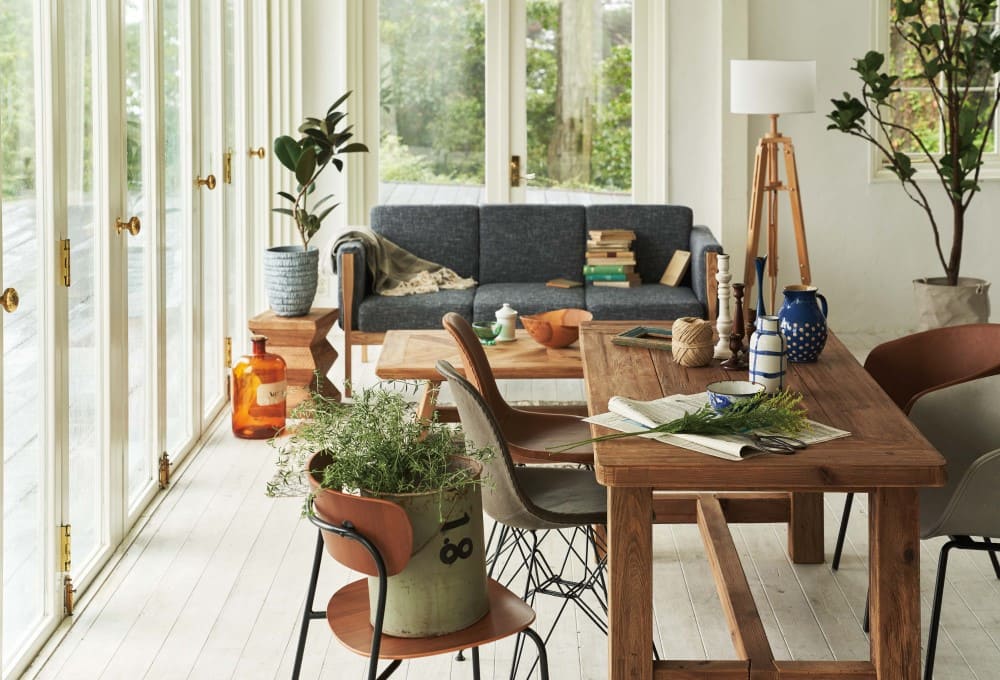Types of Interior Coordination Vary Depending on the Location and Scene.
Let’s list some of the main ones.
- Residential Interior Coordination
- This involves designing the interiors of typical houses or apartments and arranging furniture and decorative items to create more comfortable and functional living spaces.
- Renovation Interior Coordination
- When renovating old buildings or homes, the aim is to introduce new designs and interior ideas, adapting the old to new purposes.
- Commercial Interior Coordination
- Designing the interiors of commercial facilities such as offices, restaurants, and hotels involves reflecting customer needs and brand image while considering comfort and functionality.
- Hotel Interior Coordination
- Designing the interiors of various facilities within hotels, including lobbies, guest rooms, restaurants, and common areas, to meet the demands of the hospitality industry.
- Event Interior Coordination
- Temporary interior design and decoration for events such as exhibitions, concerts, and weddings.
- Eco Interior Coordination
- Creating environmentally friendly interiors using environmentally conscious materials and designs to minimize environmental impact.
- Universal Design Interior Coordination
- Striving to provide environments that are easy to use for everyone, regardless of age or ability, by considering barrier-free design and accessibility.
When considering the location or scene, interior design can be further categorized into specific styles or themes.
There are various styles, each with its own unique characteristics and allure.
- Nordic Interior
- Nordic interior design is characterized by simple and minimalistic designs. It features bright color palettes, the use of natural materials, and emphasizes functional furniture. Maximizing natural light, it creates a cozy atmosphere. It has recently gained popularity in Japan.
- Industrial Interior
- Industrial interior design is characterized by an industrial atmosphere. It features rugged appearances, open spaces, and incorporates vintage items. Materials like concrete and iron are commonly used, creating unique spaces. It has become popular in recent years in Japan.
- Modern Interior
- Modern interior design features sophisticated designs incorporating contemporary elements. It often embraces a simple and clean atmosphere with a monochromatic color palette, along with the use of modern furniture and materials.
- Brutalism Interior
- Brutalism interior design is characterized by its rugged appearance and geometric shapes. It emphasizes functionality and straightforward use of materials, exuding a strong presence in urban spaces.
- Vintage Interior
- Vintage interior design creates a nostalgic atmosphere by incorporating elements and items from past eras. It utilizes antique furniture and retro decorations to create unique spaces.
- Contemporary Interior
- Contemporary interior design features sophisticated designs incorporating modern elements. It emphasizes simple and clean spaces with modern furniture as key elements.
- Traditional Interior
- Traditional interior design is characterized by classical designs and luxurious decorations. It incorporates traditional furniture and delicate carvings to create an elegant atmosphere.
- Eclectic Interior
- Eclectic interior design is a style that mixes and matches elements from different eras and styles. It creates unique and innovative spaces, allowing for free thinking and creativity.
- Bohemian Interior
- Bohemian interior design is characterized by a free-spirited and laid-back atmosphere. It combines various colors, patterns, and materials to create spaces rich in art and culture. It is a style that respects free thinking and individuality.
- Coastal/Beach Style Interior
- Coastal/beach style interior design features a bright and open atmosphere reminiscent of the seaside or resorts. It utilizes natural materials and a color palette evocative of the sea, such as blues and whites, to create a relaxed space.
- Art Deco Interior
- Art Deco interior design features geometric patterns and decorations popularized in the 1920s and 1930s. It exudes a luxurious and artistic ambiance, creating opulent spaces.
- Art Nouveau Interior
- Art Nouveau interior design is characterized by curved and organic shapes popular from the late 19th to early 20th centuries. It emphasizes artistic and decorative elements, producing elegant and captivating spaces.
These interior styles, including Mid-Century, Girly, Natural, and Korean, among others, offer unique charm and characteristics. As there are more styles than I can cover here, I won’t list them all.
Each of these interior tastes has its own allure and features, allowing you to choose based on your individual preferences and lifestyle. To create a space that truly reflects who you are, I encourage you to explore these styles as a reference.



